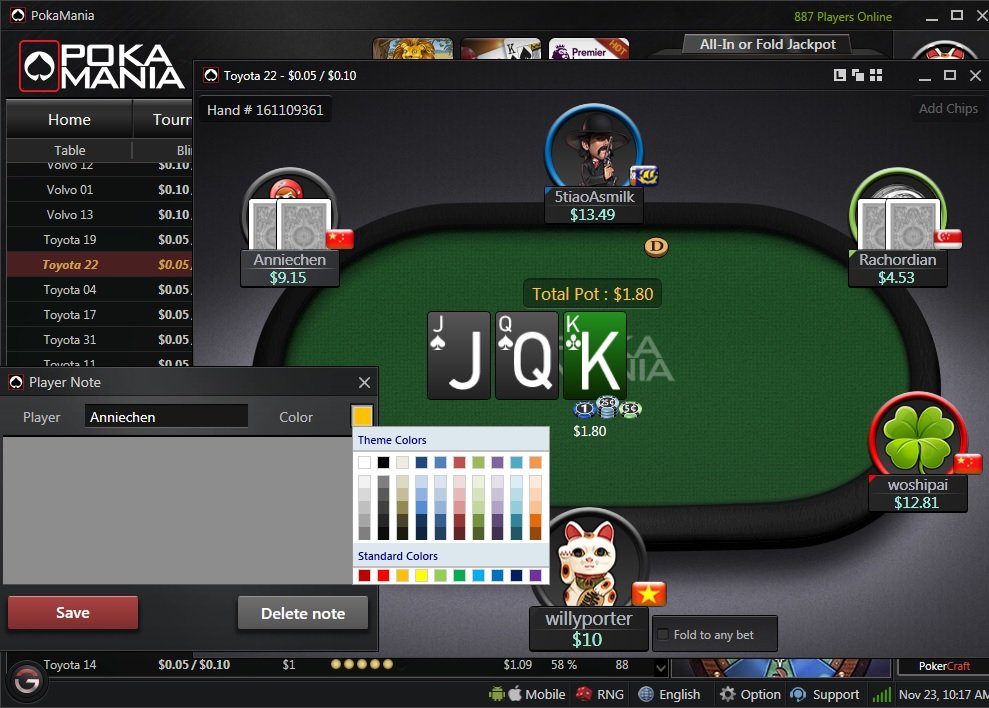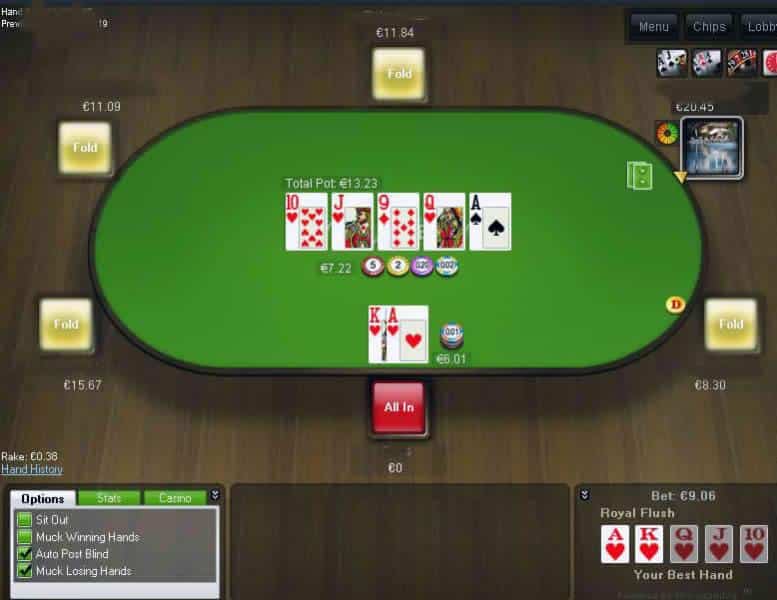As a player looking to improve the financial return on your daily grind, your first instinct will normally be to work on improving your game, review more sessions or learn more advanced concepts. In reality, while these are worthwhile goals, there are much faster and simpler ways to improve your win rate.
Taking a closer look at how you choose your opponents is one very important way to do this. Of course, it’s obvious to say that the weaker your opponents are, the more money you will make. Sometimes though, poker players still forget this fact, or let ego drive them to make non-optimal choices. Seek out the fish, because that is where your greatest profits can be found.
Rule #1: No fish, no match
This statement won’t come as a surprise to most, but it’s worth reminding yourself that; poker is not like any other game or sport. It is hard to sit down and win money against a strong opponent, even if you have a slight edge in skill.
The main reason for this is the rake. If poker were a boxing match, the rake would be like the referee punching the two boxers whenever he felt like it, with no one allowed to hit him back. If one boxer is much stronger than the other, he could defeat the other boxer quick enough that the referee’s punches wouldn’t make a big difference. But, in a closely fought contest, the only likely winner will be the referee, who represents the rake.
Rule #2: Have position on weaker players as often as possible
Being seated with at least one fish is a good thing, but having position on them is even better. You will be able to exploit their weaknesses more easily and play plenty of pots in position against them, which will translate to a very profitable session quite often. Try to think of a timer being above the head of a fish, because he will give his money away sooner rather than later, and you need to make sure you have the best chance of claiming a large piece of it by playing many pots against them.
Rule #3: Ensure that aggressive players do not have position on you
Being last to act is always an advantage, but it becomes even more important when contesting pots against aggressive players.
The explanation for this is very simple: by having position you will be able to decide on each street whether you want to close the betting round and see the next card without adding more money to the pot. This gives you control of the size of the pot, which is very important versus players who like to put a lot of money in the middle of the table.
Having tight players, or those that play a simple style sat on your left is also preferable, as you’ll rarely be put in difficult spots, and will have a fair idea of what your opponents are doing when they do apply pressure.
Rule #4: Colour tag and watch the lobby
It would be easy to think that table selecting is something that only happens at the start of your session, but in fact, you should not forget about seeking out favourable tables while your session is running. You should be scanning the lobby for good tables, and being honest with yourself about whether the tables you are currently sat at are still profitable. If one or two players leave a table and those seats are taken by new players, it can really have a significant impact on who you have position on and how profitable your table is overall. There is no shame in quitting a table once a line-up changes.
In order to help yourself select tables optimally, you should colour code players based on how they play. Add some notes too if you have specific reads on players. Try to colour code all players at every table you sit at, and then update the tags based on further information as it becomes available.
More: 3 Steps to Help You With Note Taking
Rule #5: Start tables
Sometimes it’s difficult to find the perfect table. The clearest solution to that problem is often to sit at a new one. You might be surprised at just how often a fish sits across from you. The reasons for this are: stronger players don’t want a table that is two or three handed if they are multi tabling, because decisions come around more quickly. Also, if you are a strong player, other good players may have you tagged as strong and will not want to sit, increasing the chances that the next player who sits will be weaker. Furthermore, weak players just want a quick fix of poker and don’t really care who they play against, or if it’s short-handed.
Another useful tip for you is, if you see a strong player sat at an empty table, just observe and wait for a fish to also sit, then jump in to claim position on him. If you start a table and it immediately fills with regulars, and a waiting list forms, this is usually a sign that you are seen as a weaker player.
Rule #6: Select the time of day that you play
The standard of play at tables can fluctuate depending on the time of day you choose to play. Some people will tell you certain hours are better than others, but it’s always best to try different times out for yourself. As a general rule, weekends are always better than weekdays. Through a process of trial and error, you should soon be able to discover which times of the day are best.
Rule #7: Go further: Site Select
It may sound like a solution that involves hassle and unfamiliarity, but if you consistently struggle to find good games regardless of what times you choose to play, it may be time to think about trying a new site. You will often be surprised at just how comparatively juicy the games turn out to be. It means you will have to change your habits, but you don’t have to give up your preferred poker site altogether. Even rotating sessions between different sites can give your profit margin an important boost. Having two lobbies open will also improve your chances of finding an excellent table to sit at.
Article by Craig Bradshaw







